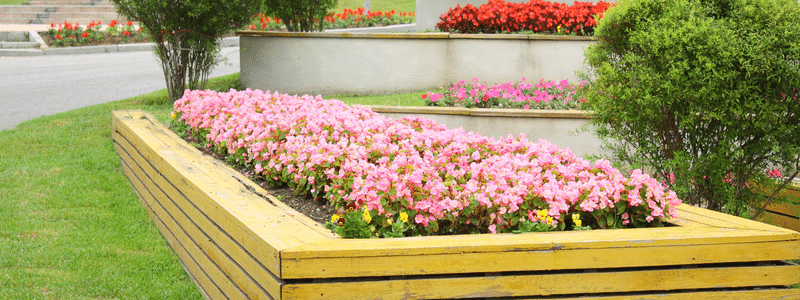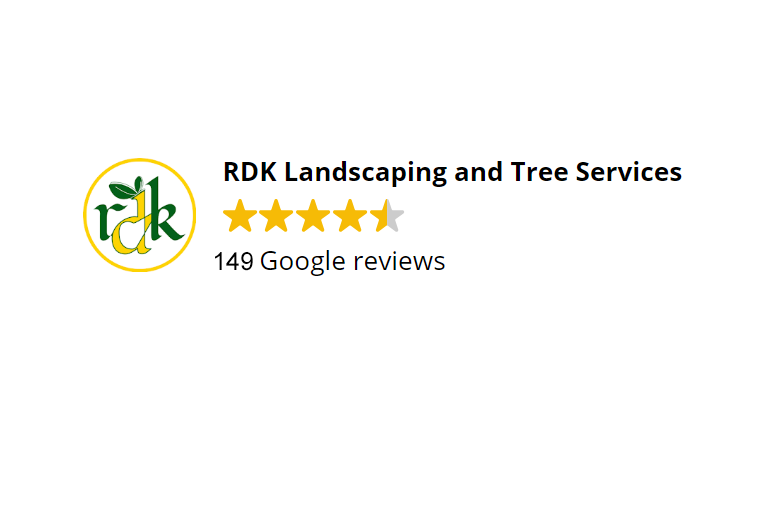Annual flowers around the exterior of the house add a welcome touch of color to any landscape and, once planted, are not difficult to care for. However, building requires some finesse and concrete steps to ensure growth and prosperity. We review some of the things you need to prepare your flower beds for spring planting.
Bed evaluation
First, evaluate your starting point based on soil, existing growth, and available space. Is your current soil suitable for planting? Do I need to till, fertilize or do any preparation before planting? Are there existing plants (flowers or shrubs) that can be established? Do you want to keep your existing pants and/or bushes or start from scratch? Utilizing existing plants and shrubs can lower overall costs and provide a good working base to complement the plants you plan to grow.
Getting to the root of your cannabis problem
Time to get a little dirty! Weeding gets bad reviews, but that’s no big deal. Remember, you can’t get rid of all weeds. Just like washing your car, you also need to weed. The good news is that you have several options.
Related topics: How to get rid of weeds in flower beds more here.
All you have to do is pull out small weeds by hand. If it doesn’t take root, the weed will grow back. This method is not suitable for large areas, and weeds will quickly regrow and spread if they are not killed. To minimize future weed problems, the roots of weeds should be killed or removed. Therefore, it is best to weed after heavy rain.
 The soil becomes moist, so the roots are more easily released from the soil, leaving fewer roots to regrow later.
The soil becomes moist, so the roots are more easily released from the soil, leaving fewer roots to regrow later.
Another way is to use a tool such as a shovel or trowel or “lawn mower”. You can dig precisely and get full roots, especially early in the season, before the weeds really take root. With a little practice, you’ll find that you’re pretty good at weeding this way.
Weeding is a more common method and is usually easier than manual labor. A variety of selective or nonselective herbicides are available. Nonselective herbicides are designed to kill nearly all plants they come into contact with, while selective herbicides only kill hardwood plants. Spray on a calm day (little to no wind) and remember to use a piece of cardboard as a barrier in front of plants you don’t want to spray.
Remove leaves and debris
Add compost
Turn the Soil
Covering the planting bed with mulch
Give your bed an edgy look
Finishing
Our Services
Latest Posts
- Winter Prep: How to Prepare Your Property for Snow Removal
- The Importance of Professional Tree Pruning: Benefits for Health and Safety
- Winter Prep: How to Prepare Your Property for Snow Removal
- The Ultimate Guide to Snow Plowing: Tips and Tricks for Effective Winter Maintenance
- DIY Snow Plowing: How to Successfully Tackle Winter Weather on Your Own






